cis-Atovaquone
- CAS NO.:137732-39-9
- Empirical Formula: C22H19ClO3
- Molecular Weight: 366.84
- MDL number: MFCD28137497
- SAFETY DATA SHEET (SDS)
- Update Date: 2023-05-04 17:34:33
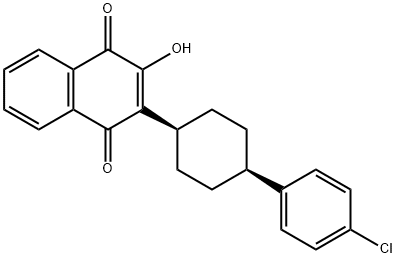
What is cis-Atovaquone?
The Uses of cis-Atovaquone
cis-Atovaquone is the cis-isomer of Atovaquone (A793500), a hydroxynaphthoquinone derivative that inhibits mitochondrial electron transport.
Definition
ChEBI: Atovaquone is a naphthoquinone compound having a 4-(4-chlorophenyl)cyclohexyl group at the 2-position and a hydroxy substituent at the 3-position. It has a role as an antimalarial, an antifungal agent, an EC 1.3.5.2 [dihydroorotate dehydrogenase (quinone)] inhibitor, an EC 1.6.5.3 [NADH:ubiquinone reductase (H(+)-translocating)] inhibitor and an EC 1.10.2.2 (quinol--cytochrome-c reductase) inhibitor. It is a member of monochlorobenzenes and a hydroxy-1,4-naphthoquinone.
Properties of cis-Atovaquone
| Melting point: | >40°C (dec.) |
| Boiling point: | 535.0±50.0 °C(Predicted) |
| Density | 1.349±0.06 g/cm3(Predicted) |
| storage temp. | Room Temperature, under inert atmosphere |
| solubility | Chloroform (Slightly), Dichloromethane (Slightly, Acetonitrile |
| form | Solid |
| pka | 5.01±0.10(Predicted) |
| color | Pale Yellow to Light Yellow |
Safety information for cis-Atovaquone
Computed Descriptors for cis-Atovaquone
New Products
4-AMINO-TETRAHYDRO-PYRAN-4-CARBOXYLIC ACID HCL 4-(Dimethylamino)tetrahydro-2H-pyran-4-carbonitrile 4-Aminotetrahydropyran-4-carbonitrile Hydrochloride (R)-3-Aminobutanenitrile Hydrochloride 3-((Dimethylamino)methyl)-5-methylhexan-2-one oxalate 1,4-Dioxa-8-azaspiro[4.5]decane 5-Bromo-2-nitropyridine Nimesulide BP Aceclofenac IP/BP/EP Diclofenac Sodium IP/BP/EP/USP Mefenamic Acid IP/BP/EP/USP Ornidazole IP Diclofenac Potassium THOMAIND PAPER PH 2.0 TO 4.5 1 BOX BUFFER CAPSULE PH 9.2 - 10 CAP SODIUM CHLORIDE 0.1N CVS ALLOXAN MONOHYDRATE 98% PLATINUM 0.5% ON 3 MM ALUMINA PELLETS (TYPE 73) LITHIUM AAS SOLUTION 2-Bromo-1-(bromomethyl)-3-chloro-5-nitrobenzene 2-Bromo-3-nitroaniline N-(3-Hydroxypropyl)-N-methylacetamide 3-Bromo-6-chloropyridazine 4-ethyl-3-nitrobenzoic acidRelated products of tetrahydrofuran
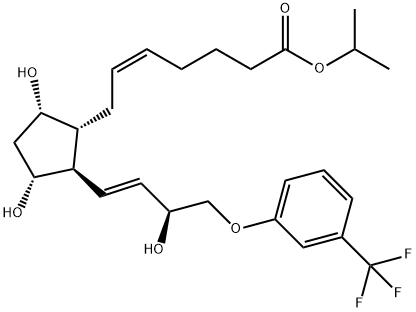

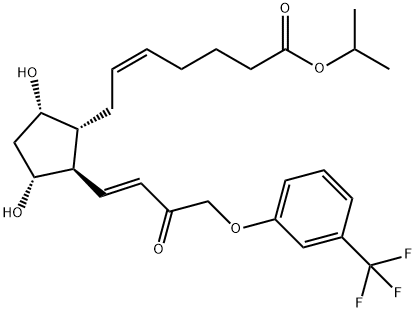

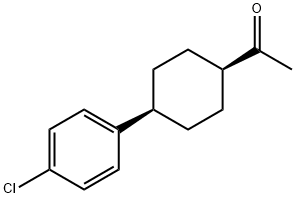
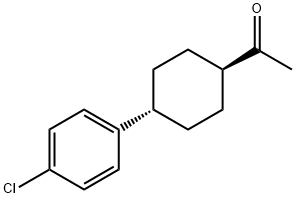
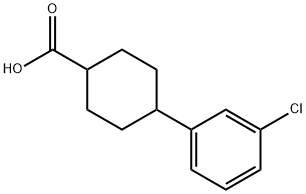
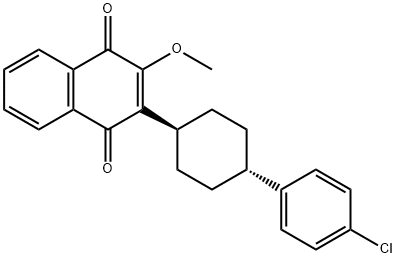
You may like
-
 Atovaquone Related Compound A CAS 137732-39-9View Details
Atovaquone Related Compound A CAS 137732-39-9View Details
137732-39-9 -
 1-Methyl-6-oxo-1,6-dihydropyridazine-3-carbonitrile 98%View Details
1-Methyl-6-oxo-1,6-dihydropyridazine-3-carbonitrile 98%View Details
99903-60-3 -
 1823368-42-8 98%View Details
1823368-42-8 98%View Details
1823368-42-8 -
 2-(3-(tert-butyl)phenoxy)-2-methylpropanoic acid 1307449-08-6 98%View Details
2-(3-(tert-butyl)phenoxy)-2-methylpropanoic acid 1307449-08-6 98%View Details
1307449-08-6 -
 Ethyl 3-(furan-2-yl)-3-hydroxypropanoate 25408-95-1 98%View Details
Ethyl 3-(furan-2-yl)-3-hydroxypropanoate 25408-95-1 98%View Details
25408-95-1 -
 2-Chloro-5-fluoro-1-methoxy-3-methylbenzene 98%View Details
2-Chloro-5-fluoro-1-methoxy-3-methylbenzene 98%View Details
1805639-70-6 -
 1784294-80-9 98%View Details
1784294-80-9 98%View Details
1784294-80-9 -
 Lithium ClavulanateView Details
Lithium ClavulanateView Details
61177-44-4
Statement: All products displayed on this website are only used for non medical purposes such as industrial applications or scientific research, and cannot be used for clinical diagnosis or treatment of humans or animals. They are not medicinal or edible.